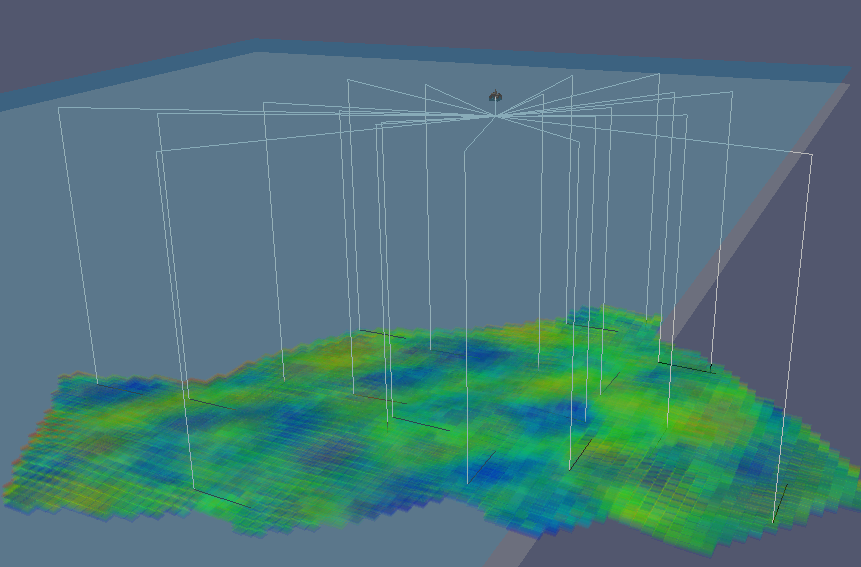
Most of the oil reserves in Brazil are offshore, including heavy oil in Campus Basin and Carbonate Pre-salt fields in Santos Basin. One of main challenges today related to develop these reservoirs is to integrate the reservoir simulation with production facilities (Integrated Asset Modeling - IAM) in order to develop and manage petroleum fields more accurately. There are many challenges in the integration of reservoir simulation and production facilities.
In this area, several methodologies to model the integration of reservoirs and production systems have been applied in the oil and gas industry in recent years due to the need to model properly the integrated solution of models that represent the flow of fluids through the reservoir up to the surface.
The objectives of the research project are: (1) to evaluate and to apply numerical coupling between reservoir and production facilities, and (2) to evaluate optimization techniques applied to field management and production strategy definition including operational restrictions and multiple reservoirs producing to common surface facilities, especially in Pre-Salt and heavy oil mature fields production scenarios.
A validation study of these coupling methodologies is demanded where the production system will be tested on common operating conditions during production and injection of fluids, verifying benefits and limitations of each coupling methodology.
In application cases, the research will investigate field development project improvements due to production rate management using decoupled, explicit and implicit approaches for coupling reservoir simulator and adequate surface network models, approaching production system modeling, subsea and surface networks, separation and treatment facilities and flow assurance controls inside integration modeling context and the impact in production optimization.
This project involves the whole decision-making process linked to the choice of the production strategy of oil fields considering uncertainty of various types, risk mitigation and integration with production systems.
Integrated models will be developed based on reservoir study cases benchmarked by UNISIM to decision analysis regarding exploitation strategy selection in Brazilian Pre-Salt and heavy oil fields scenarios.
The success of this project can influence the creation of a new research area at Unicamp, including new projects and new perspective in the graduate program allowing the University to form students with a better knowledge in the integration of reservoir simulation and production engineering.
This new area is extremely important for the Pre-Salt fields which are offshore and include plan to share production in common surface facilities. The same importance may occur for the heavy oil fields from Campos Basin with high water rate production, which are mature fields where the importance of the integration will help to increase oil production.






